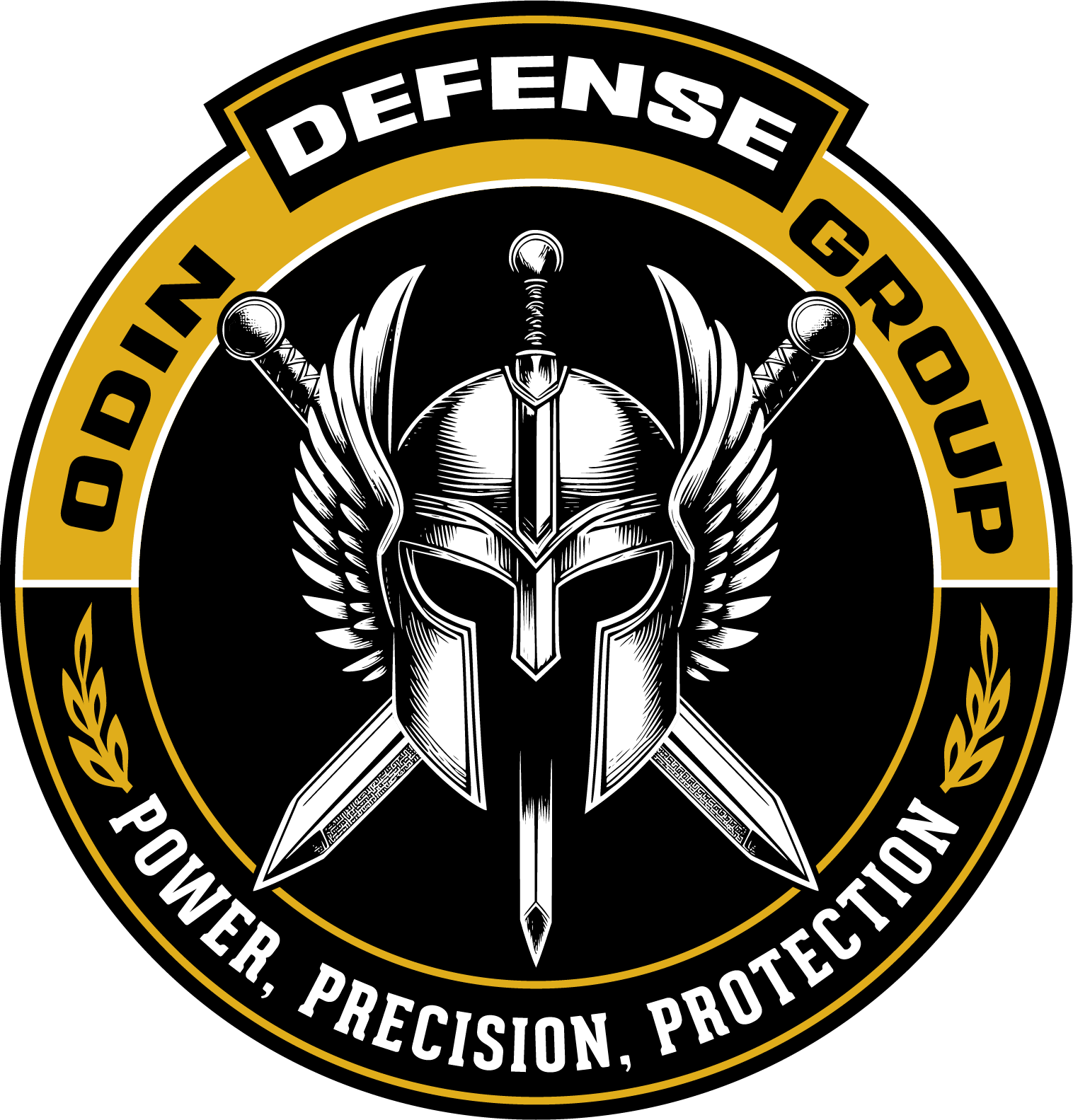Understanding the Role of Executive Security in Modern Safety
- Alex Klenofsky
- 5 days ago
- 4 min read
In today’s fast-paced and often unpredictable world, the importance of security cannot be underestimated. With rising concerns about safety, especially for high-profile individuals, the role of executive security has become critical. This blog post explores the various facets of executive security, what it encompasses, and how it contributes to modern safety.
What is Executive Security?
Executive security refers to the protective measures taken to ensure the safety and well-being of high-profile individuals, including corporate executives, celebrities, and politicians. Unlike regular security, which may focus on property or general crowd control, executive security is personalized for each individual’s unique risks and lifestyle.
Professionals in this field conduct thorough risk assessments to identify potential threats and vulnerabilities. They then create tailored security plans that can include travel arrangements, event security, residential protection, and close protection teams to accompany clients at all times.

The Importance of Executive Security
The need for executive security has grown exponentially over the years. Incidents of workplace violence, targeted attacks, and cyber threats are on the rise. According to the Bureau of Labor Statistics, workplace violence accounts for nearly 20% of all fatal workplace injuries in the United States. Such statistics highlight the necessity for effective security protocols in today's corporate environment.
Executive security is designed not only to protect individuals but also to preserve their reputations and the integrity of their organizations. Any security breach can lead to significant financial losses, legal repercussions, or irreversible damage to a person’s public image. Additionally, well-implemented security measures can ensure a productive work environment, where executives can focus on innovation and growth without safety concerns.
Key Components of Executive Security
When developing a comprehensive executive security plan, several key components must be considered:
Risk Assessment
A detailed risk assessment is the cornerstone of effective executive security. This includes an analysis of potential threats—ranging from physical threats to reputational risks—and evaluating how these could impact the individual. Factors like location, the profile of the person, and their daily routines are meticulously examined.
Physical Security
Physical security measures can range from employing personal security guards to using advanced surveillance technologies. The aim is to create a secure environment that minimizes the possibility of unauthorized access. This could also involve secure transportation methods, ensuring that executives are always shielded from potential threats while on the move.

Cybersecurity
In our digital age, cybersecurity is as critical as physical security. Executives often deal with sensitive information that can make them targets for hackers. Cybersecurity measures—including secure communication platforms, data encryption, and threat monitoring—are essential to safeguarding information and ensuring privacy.
Training and Preparedness
Security extends beyond just protection; it involves training individuals on how to respond during a crisis. This can include escapes, evasive driving tactics, and even self-defense techniques. Regular drills and simulations can help ensure that executives are prepared for unforeseen events, further enhancing their safety.
The Role of Technology in Executive Security
Technology plays a pivotal role in modern executive security. With the rapid advancement of security systems, professionals can now implement state-of-the-art solutions to enhance safety.
Surveillance Systems
Modern surveillance systems feature advanced AI capabilities and can provide real-time monitoring of locations. These systems enable security teams to detect threats before they escalate, allowing for timely interventions.
Access Control
Sophisticated access control systems ensure that only authorized personnel can enter specific areas. This protects sensitive information and limits exposure to potential threats by managing and monitoring who comes and goes.
Communication Tools
Secure communication tools are essential for executives to remain connected with their security teams without exposing sensitive information. Encrypted messaging apps and secure telecommunication systems are common tools that facilitate safe communication.
Choosing the Right Executive Security Service
Selecting the right executive security service is crucial for effective protection. Here are some practical recommendations:
Assess Credentials and Experience
Before hiring an executive security service, check their credentials and previous experience. Look for companies with a track record in providing high-quality security for individuals in similar roles or industries.
Understand Their Approach
Every executive security firm has a unique approach. Some may focus more on physical protection, while others may emphasize crisis management or cybersecurity. Understand their methodologies to ensure they align with your specific needs.
Communication and Availability
A successful executive security service should maintain seamless communication with their clients. Ensure that they are available 24/7 and can respond to your queries or concerns promptly.
The Future of Executive Security
As threats evolve, so too must executive security. In the coming years, we can expect to see:
Increased Use of AI and Automation
AI technology will enhance predictive capabilities in identifying security threats and automating responses. This would reduce human error and increase efficiency in managing potential risks.
Focus on Mental Resilience
As security concerns grow, so does the psychological toll on high-profile individuals. Future executive security plans may increasingly incorporate mental health support services to help clients deal with stress and anxiety related to safety issues.
Integrated Security Solutions
A unified approach that combines physical, cyber, and operational security will become increasingly important. Services that can provide a holistic security solution will be preferred, allowing for more coordinated and effective responses.

Taking the Next Steps in Executive Security
Investing in executive security is not just about protecting individuals—it's about safeguarding their futures and those of the organizations they lead. By understanding the components and importance of executive security, enhancing their safety protocols becomes an actionable priority.
If you're looking for reliable executive protection services, consider Odin Defense Group to develop a comprehensive protective strategy.
In a world filled with uncertainties, embracing effective executive security measures can provide the peace of mind that allows leaders to concentrate on what they do best—driving innovation and making strategic decisions with confidence.





Comments